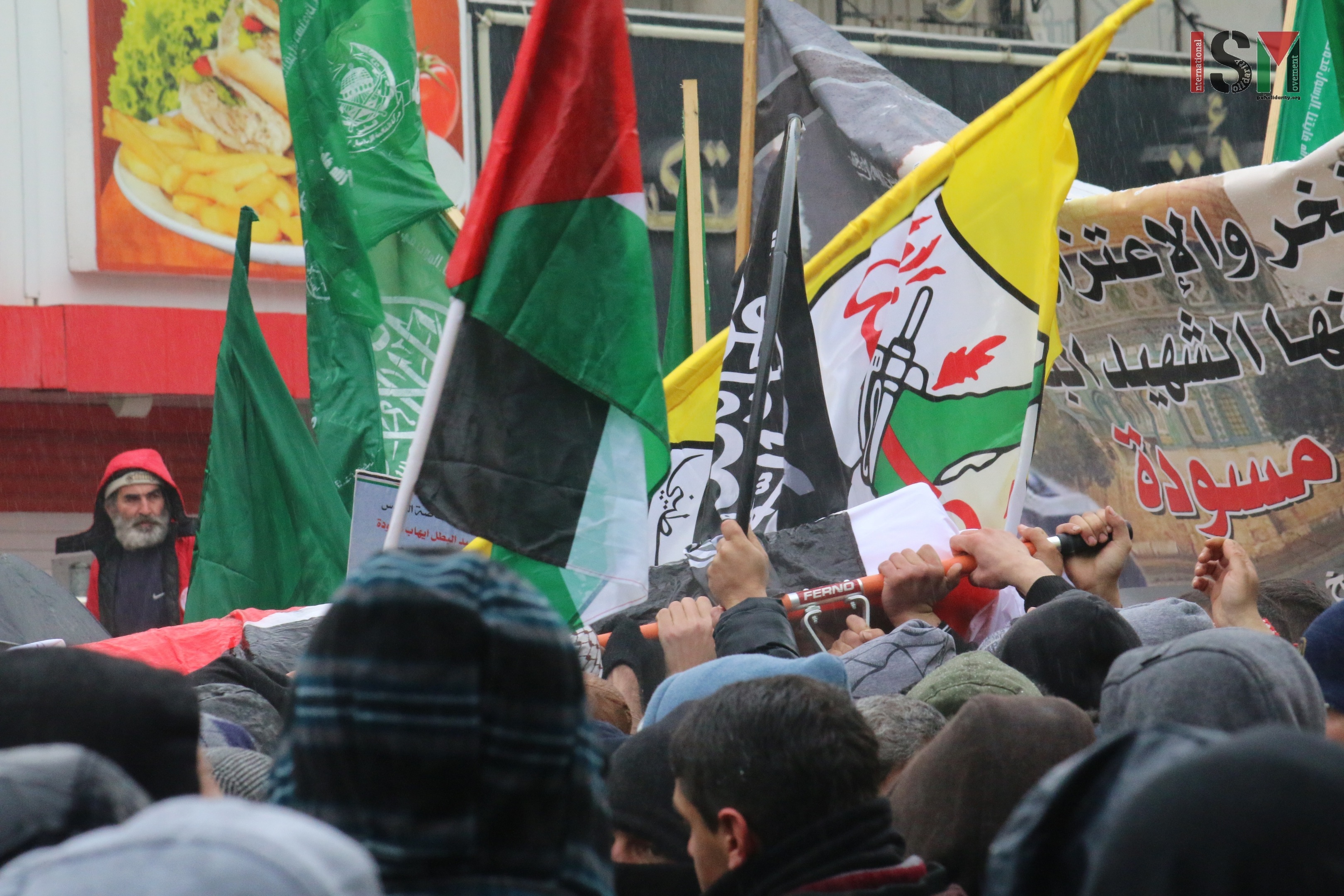Category: Hebron
-
14 Palestinians finally laid to rest in occupied al-Khalil
2nd January, 2016 | International Solidarity Movement, al-Khalil team | al-Khalil, occupied Palestine On the 2nd of January 2016, thousands attended the funeral of 14 martyrs in occupied al-Khalil (Hebron). A demonstration following the funeral, against the continued killing of Palestinians with impunity by the Israeli military and Zionist settlers, was attacked by Israeli forces. The new year in the…
-
A frightening walk to school in occupied al-Khalil (Hebron)
2nd January, 2016 | International Solidarity Movement, al Khalil team | Al Khalil, occupied Palestine On 30th December 2015, an aggressive Israeli settler and Israeli forces yet again intimidated and harassed Palestinian schoolboys in occupied al-Khalil (Hebron). As Palestinian schoolchildren were walking to school for their end of the year exam, infamous settler Ofer drove past…
-
Israeli forces using skunk-water as a form of collective punishment
30th December, 2015 | International Solidarity Movement, al Khalil team | Al Khalil, occupied Palestine On 30th December 2015, Israeli forces showered the Abu Sneineh neighbourhood in occupied al-Khalil (Hebron) in tear gas and shot skunk water at family homes and a kindergarten. When students at the schools in the Abu Sneineh neighbourhood were leaving…



